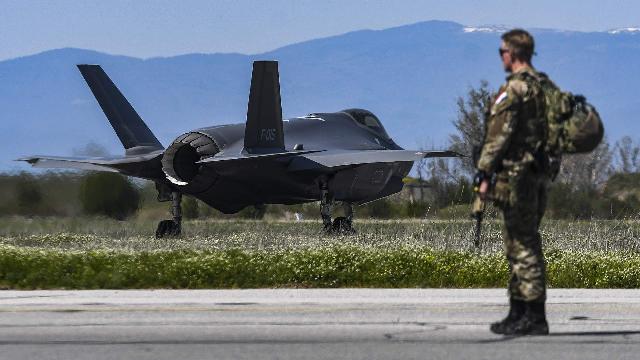Under the guise of exercises, the alliance implements scenarios directed against Russia's interests, experts say.
Large-scale NATO Steadfast Noon maneuvers to test nuclear deterrence involving 71 aircraft and 2,000 troops began on October 13. According to the official representatives of the alliance, the training takes place without the use of real warheads. Despite the alliance's assurances about the planned nature of the maneuvers, military experts are convinced that scenarios aimed against Russia's interests, including a possible blockade of the Baltic region, are being worked out under the guise of exercises. What are the goals and objectives of the alliance's military personnel at the Steadfast Noon exercises and how Russia can respond to them — in the Izvestia article.
Exercises over the North Sea
This year, the maneuvers unfolded over the waters of the North Sea, with the Volkel air base in the Netherlands becoming the key. Auxiliary forces are stationed at Kleine-Brogel air bases in Belgium, Skrydstrup in Denmark and Lakenheath in the UK. Among them are control, surveillance and aerial refueling aircraft.
"We need exercises because they help us make sure that our nuclear deterrent remains as reliable, safe and effective as possible," NATO Chief Mark Rutte commented on the upcoming maneuvers in a video message published last Friday.
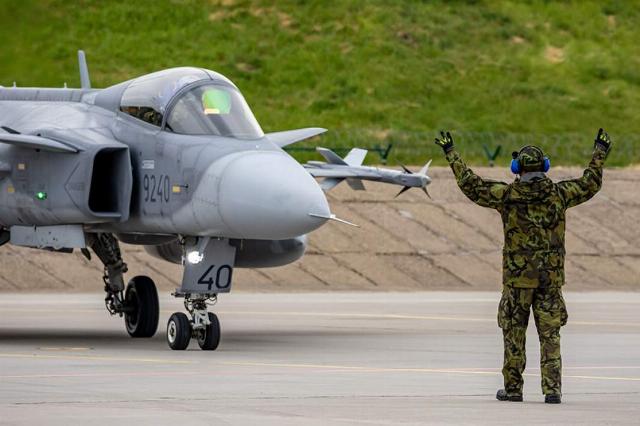
Preparation for the departure of the Swedish Gripen fighter
Image source: Photo: TASS/EPA/MARTIN DIVISEK
The Alliance officially calls these maneuvers a routine training exercise. In total, about 2,000 military personnel and more than 70 aircraft from 14 NATO countries will be involved.
NATO does not disclose the exact scenario and details, but experts believe that the scale of the Steadfast Noon — 71 aircraft and 2,000 people — may indicate that much broader tasks have been worked out than stated, and they are directed against Russia.
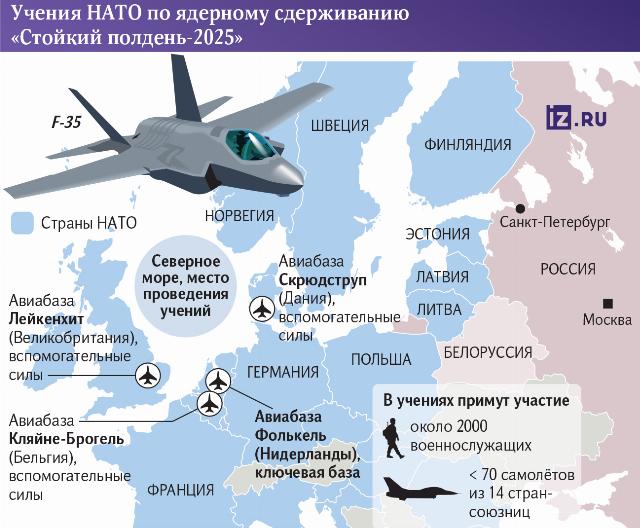
— Given the general strengthening of NATO's military presence in Eastern Europe and the Baltic, as well as the accession of Finland and Sweden, which significantly changed the balance of power, it can be assumed that the true goals of the exercises are multifaceted. They may include working out scenarios for "isolation" or "dominance" in the Baltic region, as well as testing opportunities to limit maritime traffic, including, probably, through key points such as the Danish Straits, military expert Vasily Dandykin told Izvestia.
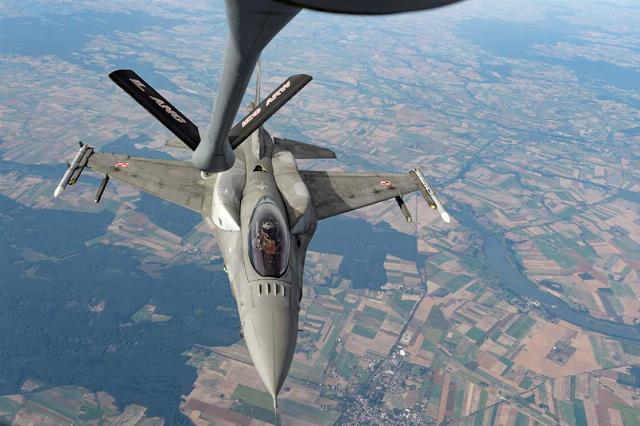
An F-16 fighter jet of the Polish Air Force during aerial refueling
Image source: Photo: TASS/EPA/JAKUB KACZMARCZYK
The expert believes that the alliance can also practice reconnaissance and targeting — intensive flights over the sea are apparently aimed at practicing search operations against our submarines and collecting intelligence information about the coastal infrastructure of a potential enemy. The tasks may include both logistical and operational-tactical ones.
— Despite the formal nature, the intensity of the exercises and their geographical proximity to Russia require us to pay increased attention and be prepared for any adverse scenarios. NATO's actions clearly show their strategic focus on increasing pressure and creating potential pain points, whether it's a possible blockade of the straits or damage to infrastructure," Dandykin concluded.
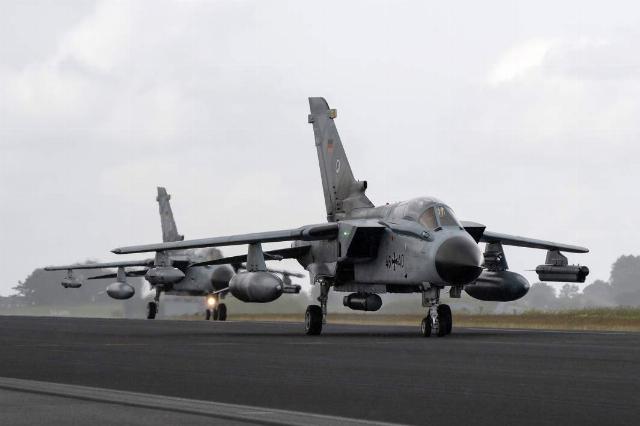
Tornado fighter-bombers of the German Air Force are preparing to take off from Yagel air base
Image source: Photo: Global Look Press/Cody Froggatt
Earlier, Konstantin Kosachev, Deputy Chairman of the Federation Council, stressed that the Steadfast Noon military exercises were provocative.
— This is an extremely dangerous development, which, naturally, cannot but provoke reactions and retaliatory steps. And, I think, not only from Russia. It affects global security issues, that is, we are talking about nuclear weapons," Kosachev said in an interview with Izvestia.
Which aircraft will be involved in the exercise
It is known that the United States will be represented by four F-35 fighter jets capable of carrying both conventional and nuclear weapons. Germany sent three Tornado aircraft, Poland — three F-16s, Finland — four F-18s, and Sweden — Gripen fighters.
The reason for Germany's participation, which does not have its own nuclear arsenal, is NATO's policy of sharing nuclear weapons, Die Welt reports. It stipulates that American B61 thermonuclear bombs deployed in Europe can be used from partner countries' aircraft in an emergency, for example, to disable enemy forces. According to unconfirmed information, US nuclear weapons are stored in northern Italy, Belgium, the Netherlands and Buchel (Rhineland-Palatinate).
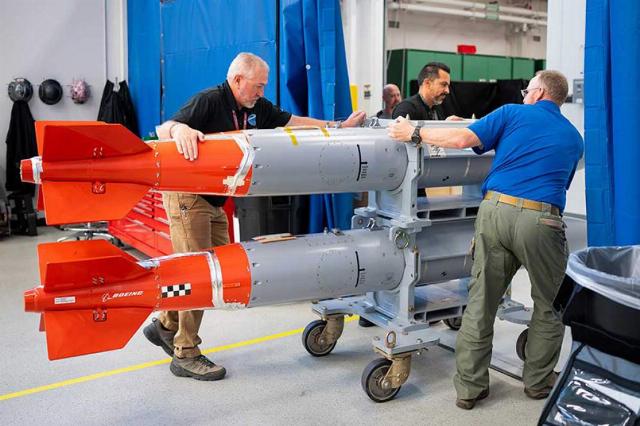
American thermonuclear bombs B61
Image Source: Photo: US Air Force
According to the newspaper, during the maneuvers, which are regularly held in October, the safe transportation of American nuclear weapons from underground storage facilities to aircraft and their installation on fighter jets will be worked out.
— These aircraft, of course, pose a threat in the event of potential hostilities. Moreover, we are talking about machines that carry nuclear weapons. Special attention should be paid to the F-35. This is a fifth-generation aircraft with stealth technology. During the attack on Iran, despite hundreds of sorties, not a single Israeli F-35 was shot down. Accordingly, it can be assumed that this is a rather dangerous machine, which, if desired, will cause serious problems to any air defense. They carry the latest modifications of American atomic bombs — correctable and high—precision ones that can hit targets with a deviation of a few meters," military expert Dmitry Kornev told Izvestia.
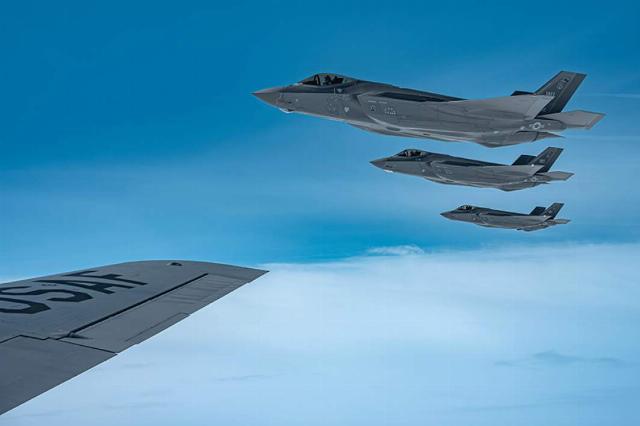
American F-35 fighter jets in flight
Image source: Photo: TASS/Zuma
For a nuclear munition, this level of accuracy means guaranteed destruction of the target, regardless of its degree of protection. In terms of range, these aircraft can hit any object in the European part of the Russian Federation. And given that they can work together with diverse American groups, theoretically any scenarios are possible here, Kornev noted.
Nevertheless, the expert clarified that several dozen aircraft, even if they are F-35s, cannot pose a serious threat to the Russian air defense. The forces of the Baltic Fleet and the Leningrad Military District are constantly conducting exercises to repel massive missile and air strikes on Russian territory. As a rule, combat crews of the S-400 air defense system, Pantsir-S air defense missile systems, fighter aircraft and naval forces are involved in such training.
Julia Leonova
